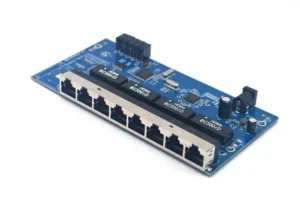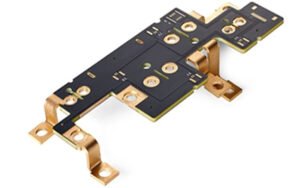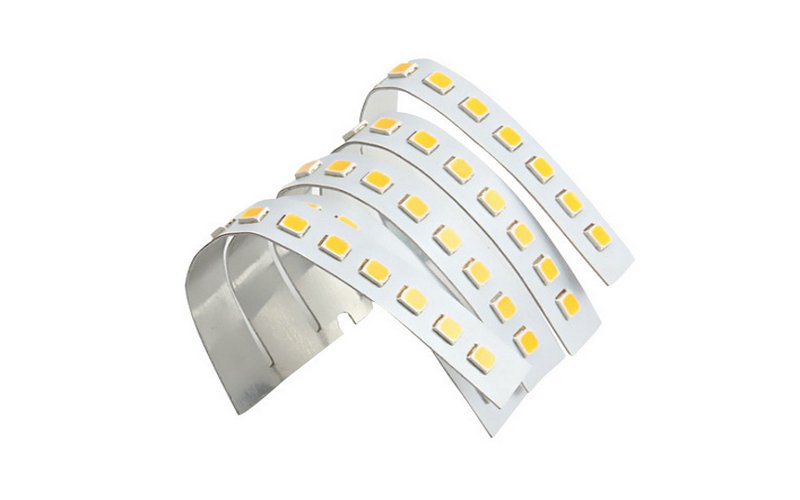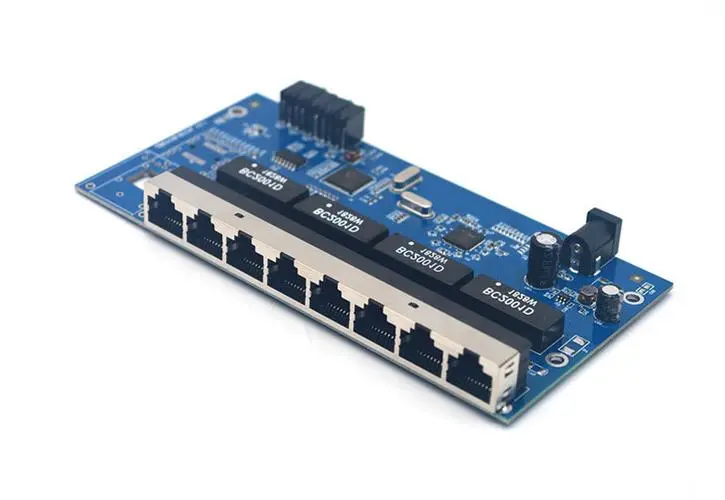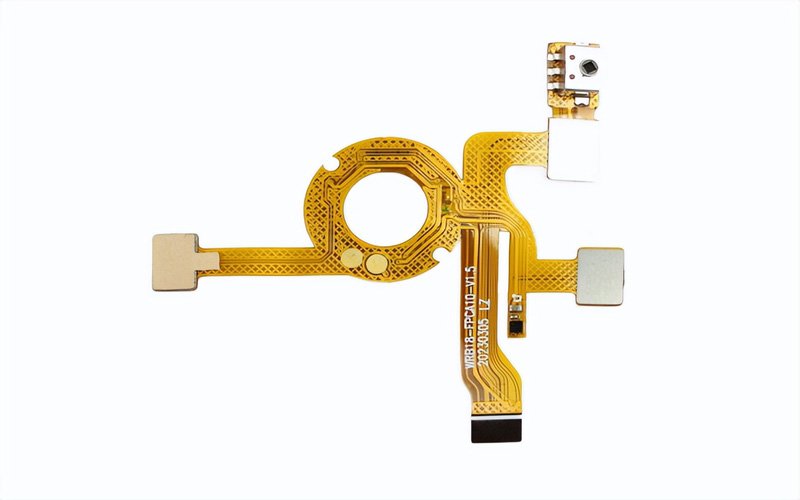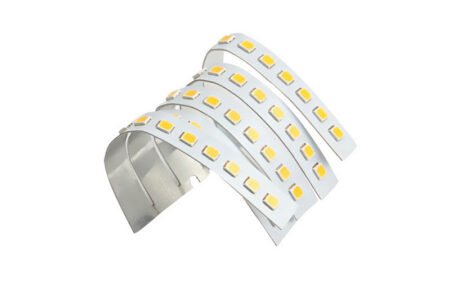The function of a LED (Light Emitting Diode) light PCB (Printed Circuit Board) is to provide the necessary electrical connections and support for the LEDs to function properly within a lighting system. Here’s how it works:
Electrical Connections: The PCB serves as a platform to connect the LEDs electrically. It typically includes traces (conductive pathways) that link the LEDs to power sources, resistors, and other electronic components necessary for proper operation.
Support Structure: The PCB provides a stable structure for mounting the LEDs securely. This ensures that the LEDs are positioned correctly and securely in place, preventing damage during handling or operation.
Heat Dissipation: LEDs generate heat during operation, and excessive heat can reduce their lifespan and performance. The PCB may include heat sinks or other thermal management features to dissipate heat efficiently, ensuring the LEDs operate within their optimal temperature range.
Control Circuitry: In more sophisticated LED lighting systems, the PCB may include control circuitry such as drivers, microcontrollers, or sensors. These components can regulate the power supplied to the LEDs, adjust brightness levels, enable dimming features, or incorporate smart functionality like remote control or automation.
Integration with other Components: The PCB can integrate with other components of the lighting system, such as power supplies, connectors, switches, or housing enclosures. This integration facilitates the assembly process and ensures compatibility between different parts of the lighting system.
the LED light PCB plays a crucial role in providing electrical connectivity, structural support, thermal management, and functional capabilities necessary for the proper operation of LED lighting systems.


